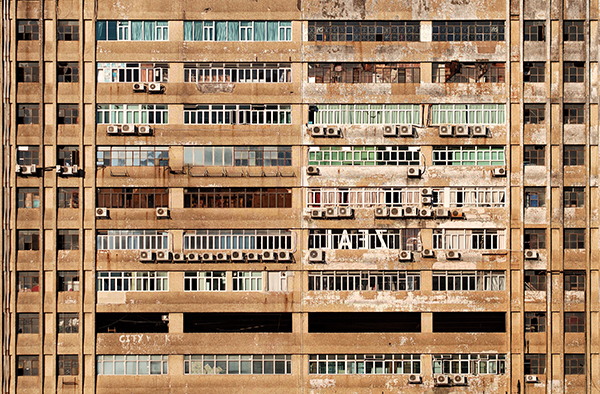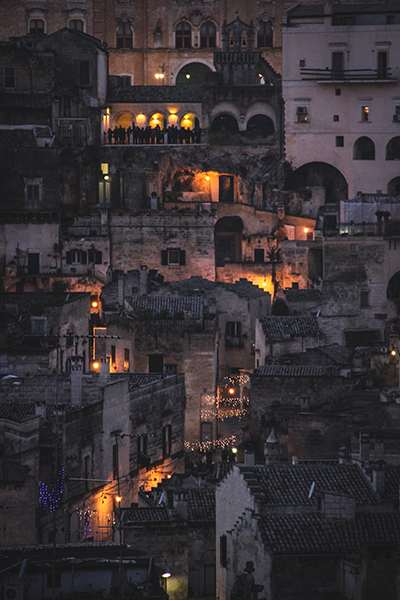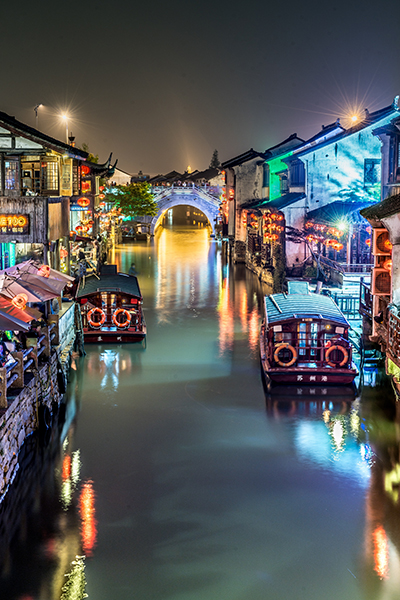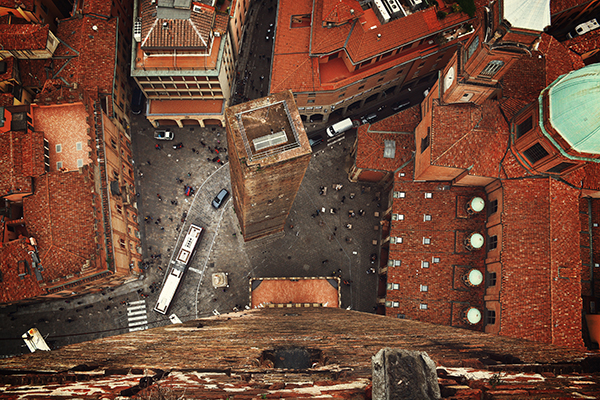At its core, the term “global city” is rooted in economics. Beginning in the fifteenth century globalization took root and the world’s disparate regional economies began to converge. As a result, economic hubs began to emerge in key cities around the world. It is to this phenomenon that the term “global city” refers to. As Saskia Sassen defines them in her seminal 2001 analysis, global cities are significant production points that are integral to the global economy. They contain highly specialized production services and have almost universally developed advanced financial markets.
However, global cities encompass more than just their economic roots. The opportunities these cities present act as magnets for people from all walks of life and cultures, creating meeting points at which cultures may coexist and mix together. Consequently, global cities are defined as much by their diversity as they are by their economic importance. Moreover, global cities have come to be known for their iconic cultural landmarks. For example, the Louvre and Eiffel Tower in Paris and the Statue of Liberty in New York City are world famous. For this reason, the global city’s skyline is an integral to its global recognition. In addition to culture, global cities are characterized by their political importance and media presence. It is hard to imagine a truly global city that does not play some significant role in the international political arena or have an established media outlet. In this way, global cities are gateways through which the world’s economies, cultures, politics, news, and people may pass, creating the wholly unique atmosphere for which they are known.
But why do we study cities in international affairs? The Census Bureau counts 232,581,397 Americans—82.6 percent of the population—living in the nation’s cities. Urbanization has also become a fundamental process affecting the landscape of international affairs. Now we see cities and mayors with more clout—and power—than entire countries. The city can no longer be appreciated for its architecture; it has to be appreciated for its position in global affairs.
[caption id="attachment_8852" align="aligncenter" width="600"] China, by Sergio Rola.[/caption]
[caption id="attachment_8851" align="alignleft" width="400"]
China, by Sergio Rola.[/caption]
[caption id="attachment_8851" align="alignleft" width="400"] Bangkok, by Mwangi Gatheca.[/caption]
[caption id="attachment_8850" align="alignright" width="400"]
Bangkok, by Mwangi Gatheca.[/caption]
[caption id="attachment_8850" align="alignright" width="400"] Matera, Italy, by Massimo Garanzelli.[/caption]
[caption id="attachment_8849" align="alignleft" width="400"]
Matera, Italy, by Massimo Garanzelli.[/caption]
[caption id="attachment_8849" align="alignleft" width="400"] Suzhou, China, by Ivan Leung.
Suzhou, China, by Ivan Leung.
[/caption]
[caption id="attachment_8848" align="alignright" width="400"] Kuala Lumpur, by Fahrul Azmi.[/caption]
[caption id="attachment_8846" align="aligncenter" width="600"]
Kuala Lumpur, by Fahrul Azmi.[/caption]
[caption id="attachment_8846" align="aligncenter" width="600"] Barra da Tijuca, Brazil, by Breno Assis.[/caption]
[caption id="attachment_8847" align="alignleft" width="400"]
Barra da Tijuca, Brazil, by Breno Assis.[/caption]
[caption id="attachment_8847" align="alignleft" width="400"] New Orleans, United States, by Cayetano Gil.[/caption]
[caption id="attachment_8844" align="alignright" width="400"]
New Orleans, United States, by Cayetano Gil.[/caption]
[caption id="attachment_8844" align="alignright" width="400"] Delhi, India, by Bibhu Behera.[/caption]
[caption id="attachment_8845" align="aligncenter" width="600"]
Delhi, India, by Bibhu Behera.[/caption]
[caption id="attachment_8845" align="aligncenter" width="600"] Bologna, Italy, by Bogdan Dada.[/caption]
Bologna, Italy, by Bogdan Dada.[/caption]
 China, by Sergio Rola.[/caption]
[caption id="attachment_8851" align="alignleft" width="400"]
China, by Sergio Rola.[/caption]
[caption id="attachment_8851" align="alignleft" width="400"] Bangkok, by Mwangi Gatheca.[/caption]
[caption id="attachment_8850" align="alignright" width="400"]
Bangkok, by Mwangi Gatheca.[/caption]
[caption id="attachment_8850" align="alignright" width="400"] Matera, Italy, by Massimo Garanzelli.[/caption]
[caption id="attachment_8849" align="alignleft" width="400"]
Matera, Italy, by Massimo Garanzelli.[/caption]
[caption id="attachment_8849" align="alignleft" width="400"] Suzhou, China, by Ivan Leung.
Suzhou, China, by Ivan Leung.
 Kuala Lumpur, by Fahrul Azmi.[/caption]
[caption id="attachment_8846" align="aligncenter" width="600"]
Kuala Lumpur, by Fahrul Azmi.[/caption]
[caption id="attachment_8846" align="aligncenter" width="600"] Barra da Tijuca, Brazil, by Breno Assis.[/caption]
[caption id="attachment_8847" align="alignleft" width="400"]
Barra da Tijuca, Brazil, by Breno Assis.[/caption]
[caption id="attachment_8847" align="alignleft" width="400"] New Orleans, United States, by Cayetano Gil.[/caption]
[caption id="attachment_8844" align="alignright" width="400"]
New Orleans, United States, by Cayetano Gil.[/caption]
[caption id="attachment_8844" align="alignright" width="400"] Delhi, India, by Bibhu Behera.[/caption]
[caption id="attachment_8845" align="aligncenter" width="600"]
Delhi, India, by Bibhu Behera.[/caption]
[caption id="attachment_8845" align="aligncenter" width="600"] Bologna, Italy, by Bogdan Dada.[/caption]
Bologna, Italy, by Bogdan Dada.[/caption]


